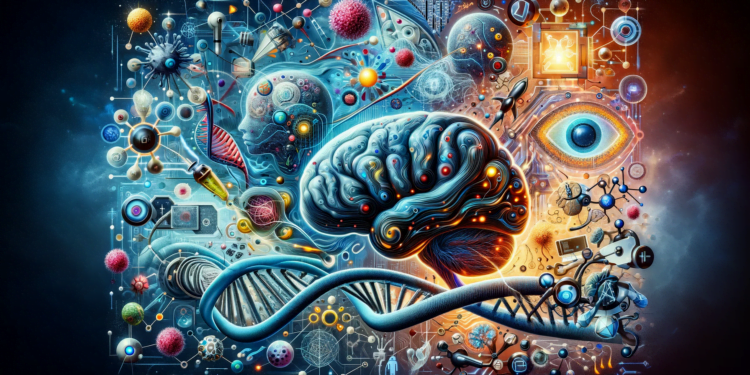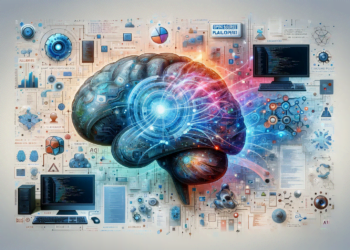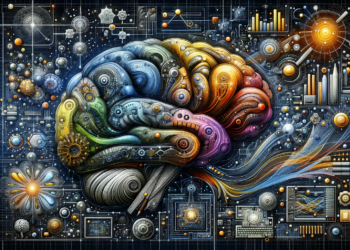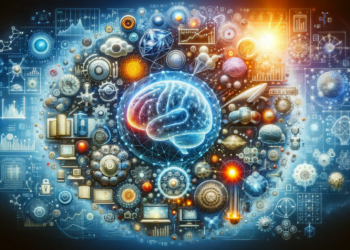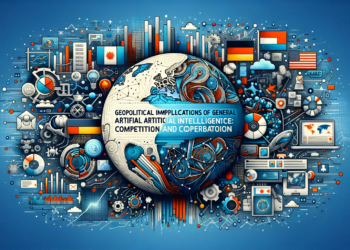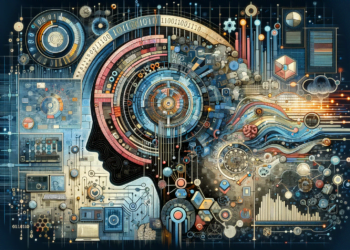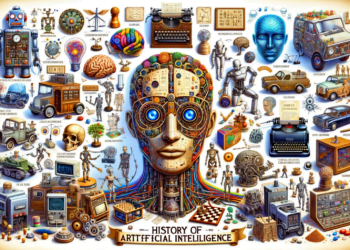In the quest to develop Artificial General Intelligence (AGI), science has turned its attention to the complexity of biological systems. This intersection posits that the key to functional AGI lies in emulating the flexibility, adaptability, and efficiency of living organisms. Here we explore the fundamental theories of AGI, how they draw inspiration from biological processes, and the future prospects for this fascinating convergence.
Foundations and Architectures of AGI
AGI aims to create machines capable of learning, understanding, and applying intelligence in a manner similar to a human being. Unlike specific or applied Artificial Intelligence, AGI seeks generality, a spectrum covering multiple cognitive domains. In this context, it is crucial to revisit the concept of Deep Learning and how architectures such as Convolutional Neural Networks (CNNs) and Long Short-Term Memory Networks (LSTMs), which have pioneered in specific AI, are being adapted and extended to pursue goals of generality.
Biology as Inspiration: Neuromorphic Systems and Plastic SINAPSE
Neurobiology has provided fundamental keys to these architectures. For example, neuromorphic systems are designed to mimic the neural architecture of the human brain, aiming to reproduce its parallel computing functions and continuous learning capability. Added to this is the research into Artificially Plastic Synapsis (SINAPSE), which seeks to create analog artificial synapses capable of self-modifying in response to stimuli, mimicking the brain’s synaptic plasticity.
Recent Advances: From Perception to Abstraction
A critical focus in AGI is the transition from mere sensory perception to conceptual abstraction. To this end, Artificial Intelligence is advancing in the use of Generative Adversarial Networks (GANs) to create internal representations of reality, learning more like children through a feedback “game” where artificial “intuition” improves with each iteration.
Practical Applications: Autonomous Systems and Evolutionary Robotics
The interface with the real world is manifested in autonomous systems and evolutionary robotics, which implement principles of natural selection and genetics to develop adaptability. Evolutionary robots are subjected to fitness algorithms that emphasize the survival of the “fittest,” thus generating machines that can adapt to unstructured environments, a crucial skill for AGI.
Sensory and Cognitive Integration: The Keys to AGI
One area where AGI can revolutionize is sensory-cognitive integration. The merging of sensory data acquisition and advanced cognitive processing, as seen in the human brain’s prefrontal cortex, is critical. The AGI models that best achieve this symbiosis come closer to the goal of reaching a broad and applicable intelligence.
Comparison: Traditional Machine Learning vs. Biology-Inspired AGI
Contrasting traditional machine learning methods with biology-inspired AGI approaches, we see a shift from specialization and efficiency to a paradigm of generalization and versatility. Traditional algorithms, though powerful in specific domains, lack the capability of spontaneous knowledge transfer between tasks.
Case Studies
We go beyond theory with real-life cases; one of them is AlphaZero. This AI system, developed by DeepMind, learns from scratch and masters complex games, demonstrating elements of generalization within the playful realm. The essence of AlphaZero lies in its algorithm, which, free of human data, discovers and refines its knowledge through reinforcement learning.
Future Directions and Ethical Challenges
The future directions of AGI involve not only technical advances but also ethical considerations. AGI poses questions about autonomy, consciousness, and decision-making in contexts where AI actions have significant repercussions. The responsible development of AGI requires a solid ethical framework and robust control mechanisms to ensure that its deployment benefits humanity.
Conclusion: Synthesis of Artificial Intelligence and Biology
The convergence of biology and AGI represents a promising field that demands an in-depth understanding of both domains. The success of AGI might lie in this amalgamation, where biological inspiration not only guides but also enhances the creation of artificial intelligences that not only mimic but also understand, adapt, and act with a degree of autonomy currently only attributed to living beings.

